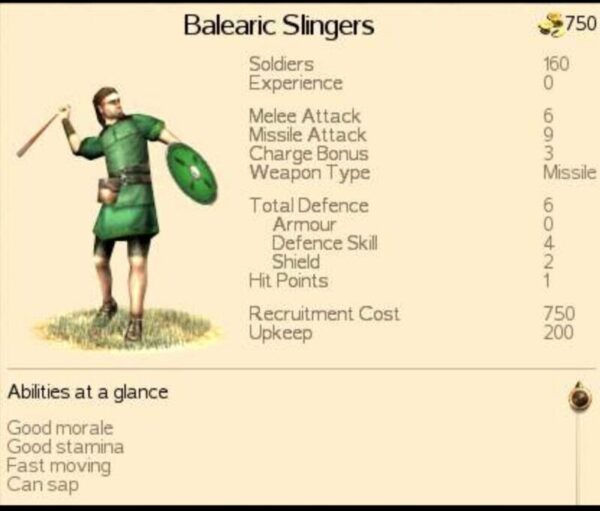A testudo and testing times for Caesar.
In 57 BC Julius Caesar had a problem. Stationed in northern Gaul he became aware of the activities of the Belgae, a confederation of tribes who occupied what is largely north eastern France, Belgium and the Netherlands. Suspicions were further confirmed when one of the Belgae tribes, the Remi, came to him and warned him in no small terms that the other tribes were planning something. They would have no part in this and even tried to dissuade any attacks on the Romans.

Tribes in Gaul (wiki). Note the Belgica (Belgae) in the top right.
Moving into Remi territory he set up camp anticipating an attack and then word came to him that a nearby town of his new ally was under threat. According to Caesar’s Gallic War (II.6) the Gauls and Belgae favoured a particular tactic, namely advancing upon the walls of settlements in a sort of testudo formation.
A Gallic Testudo.
One of the iconic images of the Roman army is the testudo (or tortoise). The idea of holding a shield over you to avoid being hit by arrows and stones isn’t exactly revolutionary. However, forming a testudo with other people and then moving together in an orderly fashion takes a lot of skill and drilling. Something which the Roman military infrastructure could easily facilitate. Having been in one myself I can tell you that it requires a high level of co-ordination. It takes one person to be out of step or trip to cause a domino effect and any cover you had is gone. Given that you’d form a testudo exactly because you urgently needed that cover suddenly being on the floor and horribly exposed would bring with it dire consequences.

I wonder how the Gallic/Belgae testudo looked? One important point to note is that Roman shields (scutum) were curved. This allows for an overlap, the shields used by the Gallic tribes tended to be flat. I’m sure that you could overlay the shields above you which would provide a very good defence, but I wonder how the two types of testudo varied. A testudo didn’t just provide protection from above, it was equally important to protect on the front and sides. Again, I wonder how such a testudo worked in this regard.
In terms of that question Caesar’s Gallic Wars does provide a clue. He mentioned that initially the skirmishers on the attacking side would look to clear the walls of any defenders. The Gallic testudo then moved up to undercut the wall. That is to say sap it or bring it down. The Roman testudo functioned differently, it was a technique to move soldiers from one point to another. However, the Gallic testudo seems to have involved providing protection whilst the soldiers worked on the wall.
It’s a slight difference but an important one – perhaps then the Gallic testudo only looked to provide cover from above. Initially the advancing Gallic troops using the shields held above and around them and once at the wall one group holding shields above so their colleagues could work on the defences.
Repelling the Gallic testudo.
Getting back to the question facing Caesar. How could he deal with this problem? The under threat location was Bibrax, and this was 8 miles away. Caesar realised that key to the question was preventing the attackers making it to the walls. He sent some units which fans of Rome Total War will be familiar with. Cretan Archers, Balaeric slingers and Numidian archers. These were sent at night and made it safely to Bibrax.

These units had a reputation to say the least. Balaeric slingers had been used by Hannibal and they could inflict serious physical and psychological damage. Perhaps with this in mind the attack on Bibrax never came. It’s possible that even with a testudo and their own ranged units the Gauls and Belgae felt that they wouldn’t be able to match what these new units would bring to the defence of Bibrax. Perhaps the tactic would falter when brought to bear against this quality of ranged troops.
About the scutum and more links.
In case you wanted to know a bit more about the Roman scutum – here’s my YouTube bit on it. There’s also a piece I did here on marching in Roman armour which featured myself in Roman legionary kit including a scutum. There’s also a piece here about Caesar crossing the Rubicon.
